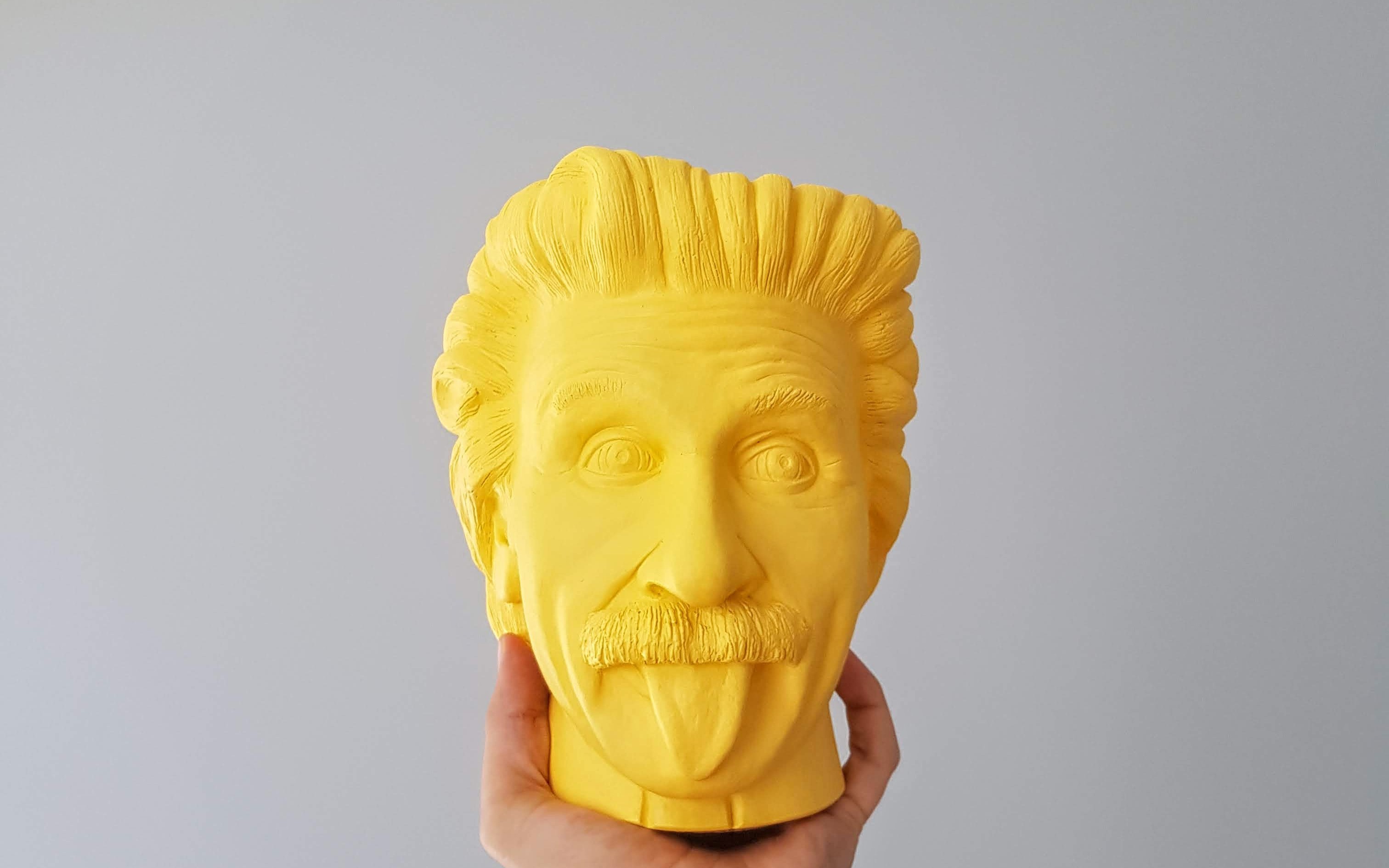Chatbots have a variety of use cases. One of the more common uses is to help reduce repetitive customer service work, enabling human agents to focus on more complex and personal tasks. In this tutorial, I create a basic bot for a small company that assists the customer support team. The bot can answer a selection of common questions about a fictional software application. The bot uses natural language processing (NLP) to recognize certain questions and respond appropriately, directing the user to a human support agent if they ask, or the bot is unable to understand or answer.
There are a lot of platforms available for creating bots, but I decided to try Einstein from Salesforce, as it can integrate with Salesforce data and workflows, which are commonly used by customer service teams.
Einstein Chatbot
Einstein is AI for the Salesforce Platform, providing infrastructure for creating predictive models to interact with Salesforce data. This includes analytics, text, and image analysis, as well as a bot platform that combines text analysis and Salesforce workflows.
Create Community and Add Chat
I wanted to add a bot to an external site I had set up with Heroku, but following the steps for creating and adding it to a Salesforce Community seemed to be the easiest and fastest way to see what was possible as I didn’t need to set up a custom server or whitelisting.
The first step is to create the community and add the chat capabilities that my bot will use to talk to the customers. I used this Trailhead module as a guide. For my specific case, I called my community “Customer Support,” and chose a domain that suited, https://acme-users-developer-edition.um6.force.com/support. I also changed some of the settings to “Acme Support” to suit my use case, and added my domain to the Website URL step.
When you add the embedded chat to your community components, make sure you select the correct Chat Deployment and configure its look to suit your use case.

If you want to add the bot to a web page of your own, instead of creating a community for the bot, create a “web chat” button (following the same steps mentioned in the Trailhead module above), then follow this Trailhead module to get started.
At the end of the webchat flow in the trailhead, the module is a code snippet that you can paste into your web page (including Apex pages) to add your bot. The flow for creating an Einstein-powered bot is the same, regardless if you are implementing the bot on a Salesforce community or your custom site.
Wherever you decide to host the bot, update the values in the code snippet to make sure you add the domain to the Website_ URL_ text field, for example, “https://acme-computers.herokuapp.com/”. You can customize the bot experience by changing the CSS and JavaScript values, or adding custom JavaScript values using the embedded_svc.settings.extraPrechatFormDetails and embedded_svc.settings.extraPrechatInfo parameters. Use extraPrechatFormDetails to send additional information to the chat transcripts, and extraPrechatInfo to map those values to new or existing records in Salesforce. Find more details in the documentation.
#salesforce #chatbot #heroku #nlp #natural language processing #image analysis #text processing #voice interfaces
